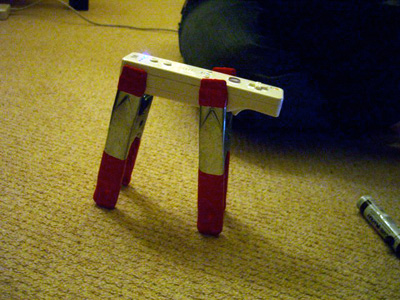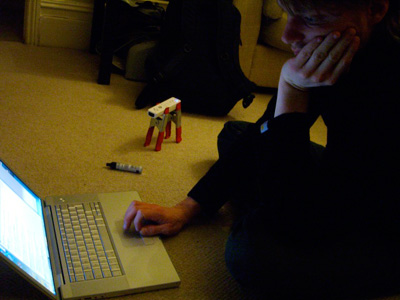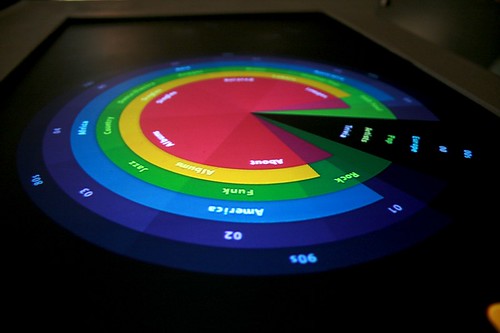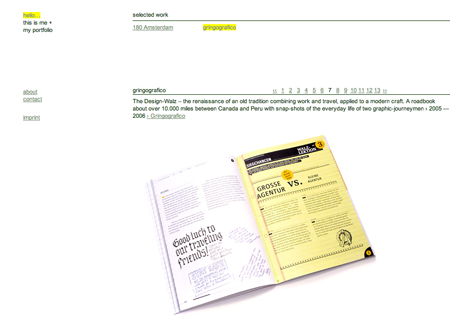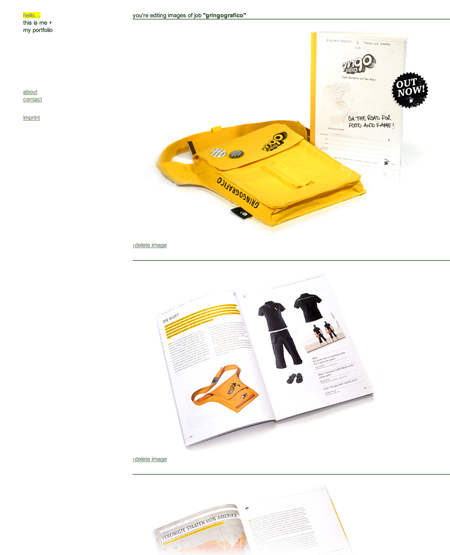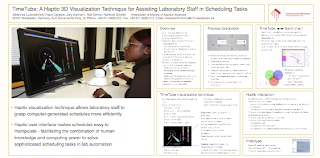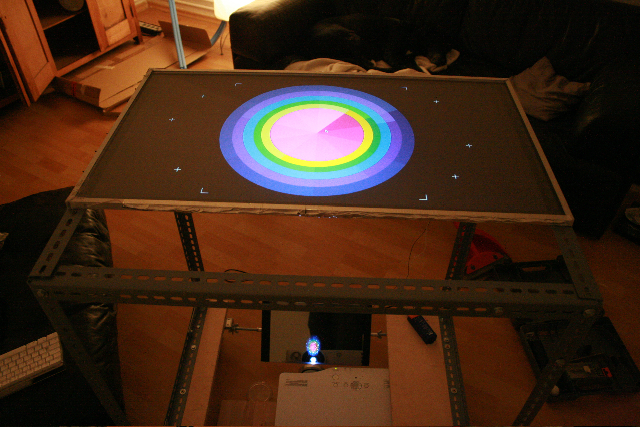I’m currently playing around with several visualization toolkits resp. visualization frameworks. There seem to be some very nice products on the (open source) market. I’m focussing on the Flash AS3 toolkit flare, because the multi-touch libraries are very nicely integrated with Flash. However, flare seems to be just an AS3 implementation of Prefuse, which seems to be exactly the same in Java (and has been there at first).
The main guy behind Prefuse (and flare as well) seems to be Jeffrey
Heer from the Berkeley University’s Computer Science Division.
Anyway, Jeffrey seems to have a quite decent music taste as the name of Prefuse is related to one of the music projects (you don’t call them bands anymore…) of Warp Records:
Here is a screencast from one of the visualization possibilites that Prefuse offers you the so called Treeview:
Here is a screencast from the Flare demo app:

